How to Fix the ‘File Format and Extension Don’t Match’ Error in Excel
The “File Format and Extension Don’t Match” error in Excel happens when a file’s extension, like .xls or .xlsx, doesn’t match its actual format. This usually occurs when a file is renamed or saved incorrectly. Excel can’t open it because the content doesn’t match the expected structure.

Common causes include manually changing the extension without converting the file type, file corruption, or a security block from Excel’s Protected View.
Now that you know the causes, lets discuss the solutions.
1. Change the Extension Manually
When the file extension doesn’t match the format, changing it manually helps Excel read the file correctly. Adjusting the extension (e.g., from .txt to .xlsx) aligns the file with Excel’s expectations. This won’t fix corrupted files, so ensure you identify the right extension.
- Open File Explorer and click on the View tab at the top. Make sure the box for File Name Extensions is checked.

- Once file name extensions are enabled, navigate to where the Excel file is stored.
- Right-click on the file and choose Rename from the context menu.
- Change the extension (after ‘.’) systematically to .xls, then .xlsx, and .xlsm. Try opening the Excel file after each change.
- Eventually, you should find the correct format that opens the file without an error message.

Modifying the Excel file to the correct format
2. Unblock the File (if Applicable)
Sometimes, Excel blocks files from unknown sources, causing the “File Format and Extension Don’t Match” error. Unblock the file in its “Properties” menu to let Excel open it. This action helps Excel access the file’s content by removing the security block.
- Navigate to the location of the Excel file and right-click on it. Select Properties from the context menu.
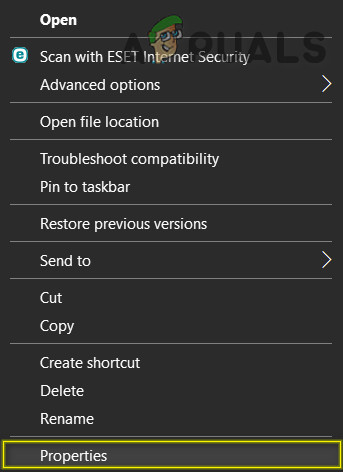
Properties of Excel File - In the Properties menu, select the General tab at the top. Scroll down to the Security section and click the Unblock button.
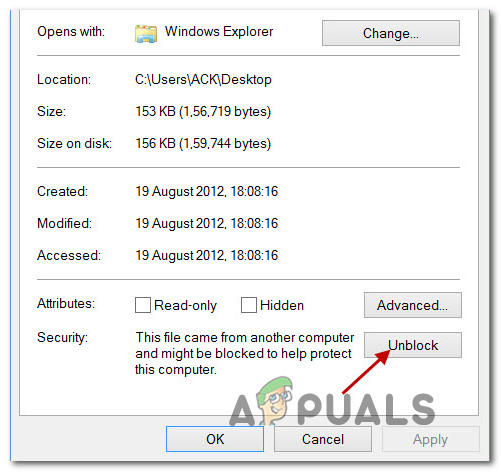
Unblocking the file - After unblocking, open the file again (no restart required) to see if the issue is resolved.
3. Open the File with a 3rd Party Equivalent
Sometimes, Excel blocks files from unknown sources, causing the “File Format and Extension Don’t Match” error. Unblock the file in its “Properties” menu to let Excel open it. This action helps Excel access the file’s content by removing the security block.
- Visit this link (here) and click on the Download section. Select Windows (Exe), your native language, and the latest version, then click Download Full installation.

Downloading the Full installation button - Once downloaded, open the installation executable and follow the prompts to complete the installation.
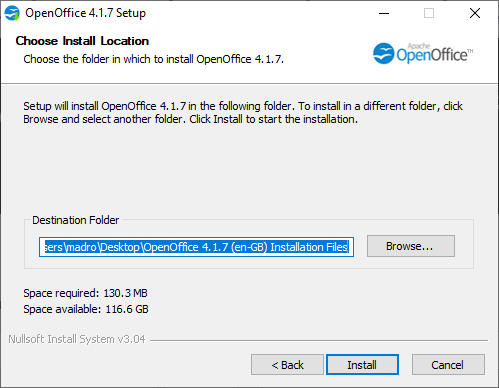
Unpacking the OpenLibre installation - In the main installation window, select Custom options, then deselect all Program Modules except OpenOffice Calc.
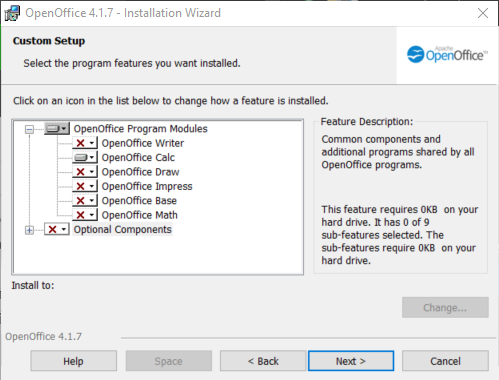
Installing OpenOffice Calc - Click Next, and wait for the installation to finish.
- Right-click the problematic file and select Open with > OpenOffice Calc.
- Check if the third-party application opens the file without errors.
4. Disable Protected View
Disabling Protected View in Excel lets you open files that are usually blocked for security reasons. This gives Excel full access to the file, useful if it wrongly flags safe files. Ensure the file is from a trusted source, as this action removes a security layer.
Note: The steps below should work for Excel 2010 and newer versions.
- Open Excel and click File from the ribbon bar. Select Options at the bottom of the left menu.
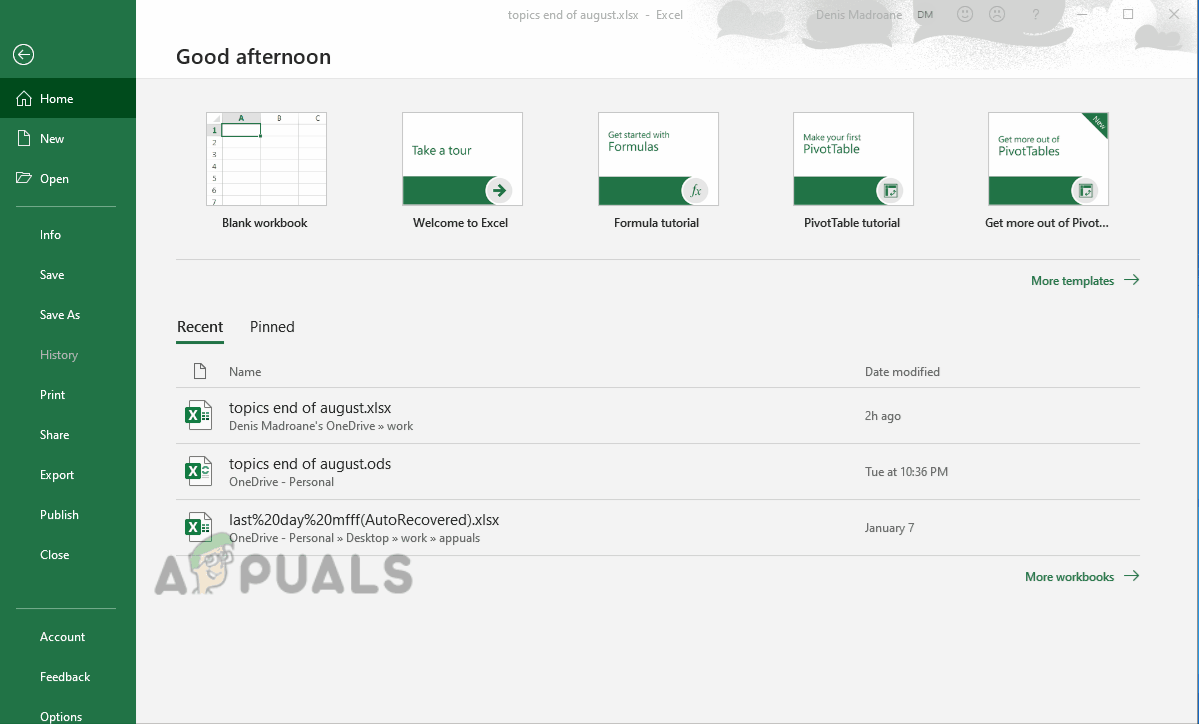
Disabling protected views - In the Excel Options menu, choose the Trust Center tab from the left pane.
- Click on Trust Center Settings in the right pane.
- Select Protected Views from the left pane. Uncheck all boxes for each Protected View option, then click OK to save changes.
- Restart Excel and open the file that was causing the ‘File Format and Extension Don’t Match’ error.
5. Suppress the Warning Message
Suppressing the warning lets Excel open the file without checking for format mismatches. This is useful if you trust the file and want to avoid repeated alerts. It keeps your work flowing, especially with files from external sources or older Excel versions.
- Press Windows key + R to open the Run dialog. Type ‘regedit’ and press Enter to launch the Registry Editor. Click Yes if prompted by UAC.

Regedit Command - Navigate to:
HKEY_CURRENT_USER\Software\Microsoft\Office\*X*\Excel\Security
Note: Paste this path in the navigation bar, replacing X with your Office version.
- In the right pane, right-click an empty space and select New > DWORD (32-bit) value.
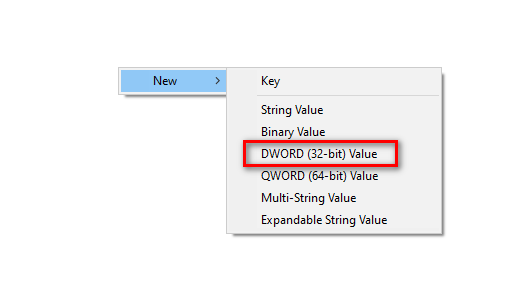
Creating the 32-bit value - Name the new Dword value ExtensionHardening. Double-click it, set the Base to Hexadecimal, and change the value to 0.

Creating the ExtensionHardening value - Close the Registry Editor and restart your computer. The error message should no longer appear.





